Enjoy Fresh Herbs at Your Fingertips – Tips for Beginners and Experts
Having access to fresh herbs at your fingertips offers a wealth of advantages beyond just convenience. Fresh herbs elevate the flavor of food, whether it’s a pasta sauce infused with basil or a salad topped with freshly chopped mint. Unlike store-bought herbs, homegrown varieties are free of preservatives, ensuring better taste and nutritional value. Additionally, growing your own herbs provides control over pesticides and fertilizers, letting you cultivate herbs organically if you prefer.
This guide offers a deep dive into the world of herb gardening—whether you’re starting from scratch or already have some gardening experience. You’ll learn how to choose the right herbs, create an ideal growing environment, and manage common challenges along the way. With the right care, you’ll have a flourishing garden providing delicious herbs year-round.
Choosing the Right Herbs for Your Garden
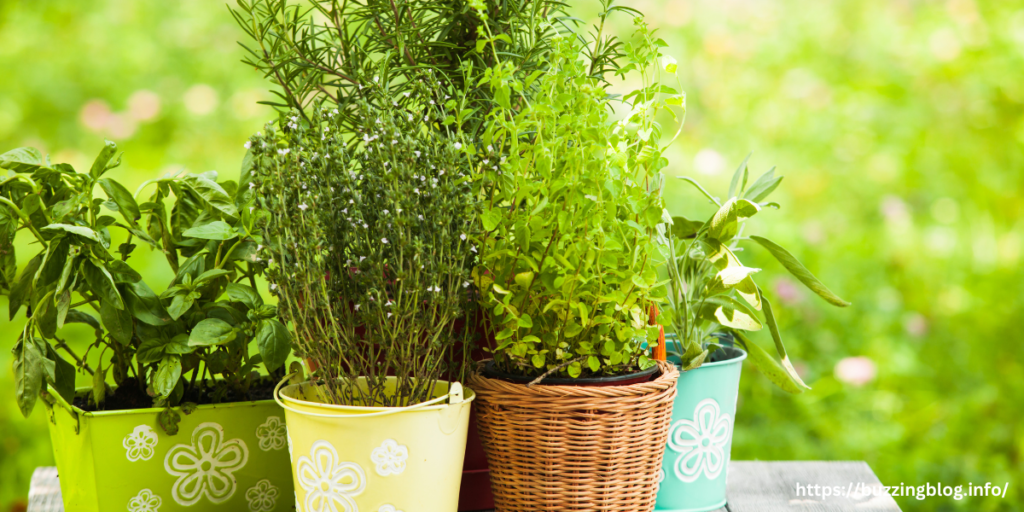
Choosing the right herbs involves balancing your culinary preferences and the growing conditions available in your space. Here is a helpful table summarizing popular herbs, their light needs, watering requirements, and their ideal growing method.
Table: Overview of Common Herbs
| Herb | Sunlight Needs | Watering Requirement | Ideal Growing Method | Special Notes |
|---|---|---|---|---|
| Basil | 6-8 hours of sunlight | Keep soil consistently moist | Garden planter or large pots | Prune regularly to prevent flowering. |
| Mint | Partial to full sun | Water regularly, but avoid overwatering | Containers only | Mint spreads aggressively; best grown alone in pots. |
| Thyme | Full sun | Let soil dry between waterings | Ground or container | Drought-tolerant and easy to grow. |
| Parsley | 4-6 hours of sun | Keep soil evenly moist | Large pots or garden beds | Can grow in partial shade. |
| Oregano | Full sun | Moderate watering; allow soil to dry | Containers or raised beds | Best flavor when grown in dry conditions. |
| Rosemary | 6-8 hours of sun | Let soil dry out between waterings | Thrives in large pots | Prefers sandy, well-drained soil. |
This table serves as a quick Garden Plant Guide to help you choose the herbs that suit your needs and environment.
Creating the Perfect Growing Environment
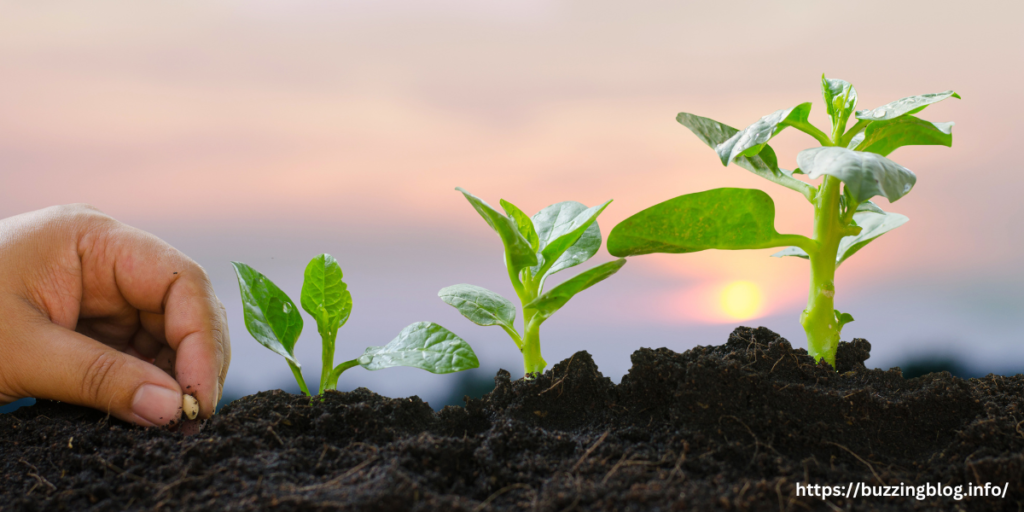
Herbs require the right balance of sunlight, water, and soil to thrive.
- Sunlight Requirements: Most herbs, such as basil and thyme, need at least 6-8 hours of direct sunlight. If growing indoors, place your herbs near a south-facing window or supplement with grow lights to mimic natural light.
- Soil Quality: Herbs grow best in well-drained soil rich in organic matter. If planting in the ground, mix compost or aged manure into the soil to provide nutrients. For containers, use a high-quality potting mix to retain moisture while preventing root rot.
- Garden Planters and Containers: If outdoor space is limited, consider using a garden planter. Choose planters with drainage holes to avoid waterlogging, as herbs are sensitive to soggy roots. Terracotta pots are a popular choice because they allow the soil to dry out between waterings.
Watering and Feeding Your Herbs
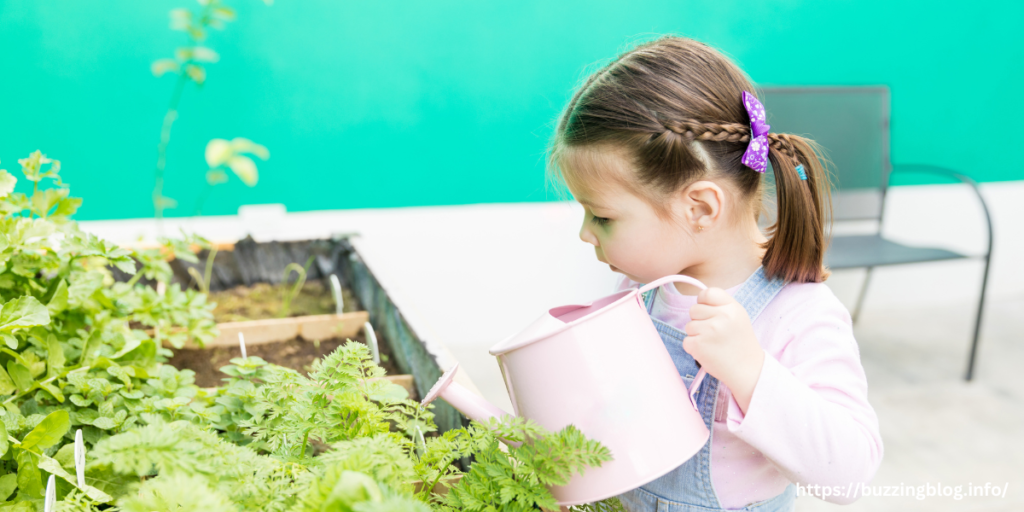
Watering herbs properly is essential for their growth. However, herbs have varying water needs, so it’s crucial to tailor your watering schedule accordingly.
- Moisture-Loving Herbs: Basil and parsley prefer consistently moist soil. Water these herbs whenever the top layer of soil feels dry.
- Drought-Tolerant Herbs: Thyme, rosemary, and oregano prefer drier conditions. Let the soil dry out between waterings to avoid excessive moisture.
Fertilizing herbs promotes growth, but overfeeding can result in herbs with less flavor. Use an organic fertilizer every 4-6 weeks during the growing season. Herbs like mint and basil benefit from light feeding, while more resilient plants like thyme can thrive with minimal fertilizer.
Pruning and Harvesting for Continuous Growth
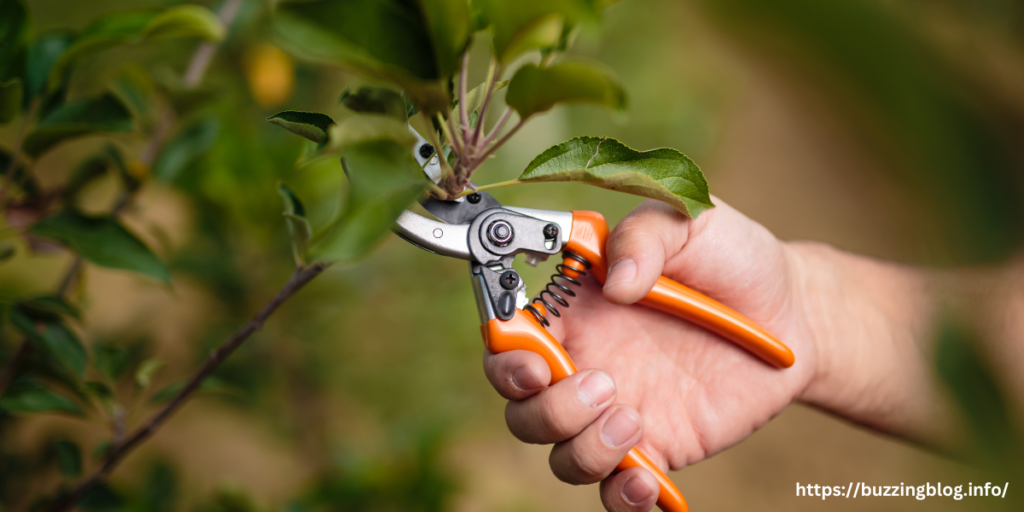
Proper pruning and regular harvesting are essential to keep herbs healthy and productive. When left unpruned, many herbs become leggy and less flavorful.
- Pruning: Regularly pinch off the tops of herbs like basil to encourage bushier growth. For woody herbs like rosemary and thyme, prune older stems to stimulate new growth.
- Harvesting: Harvest herbs early in the morning when the oils are most concentrated. Use sharp scissors or pruning shears to cut only what you need, which helps the plant recover quickly.
- Preventing Flowering: Once herbs flower, their flavor can become bitter. If you see flowers starting to form, pinch them off to redirect the plant’s energy back into producing leaves.
With proper care, your herbs will continue to grow vigorously throughout the season. Frequent harvesting ensures a steady supply of fresh herbs at your fingertips.
Thriving in Large Pots: Growing Herbs Without a Garden
If you lack outdoor space, growing herbs in containers or thriving in large pots is an excellent alternative. Many herbs perform well in pots as long as they receive enough sunlight and proper care.
- Choosing the Right Pot: Opt for pots that are at least 6-12 inches in diameter to give herbs room to grow.
- Grouping Herbs: Herbs with similar light and water requirements, such as thyme, rosemary, and sage, can share a single container.
- Positioning Pots: Rotate containers regularly to ensure even exposure to sunlight. This prevents plants from leaning toward the light source.
Container gardening offers flexibility, allowing you to move your herbs indoors during colder months or closer to your kitchen for convenience.
Incorporating Leafy Greens for Your Garden
Beyond herbs, incorporating a variety of greens in your garden adds both nutrition and beauty. Leafy greens for your garden—like arugula, kale, and dill—grow quickly and complement your herbs in cooking. These greens can be harvested within weeks, providing a continuous supply for your meals.
Pairing herbs with leafy greens also helps you maximize space. Greens can grow in partial shade, making them ideal companions for taller herbs that provide some cover. This way, you create a dynamic and productive garden even in small areas.
Troubleshooting Common Herb Gardening Issues
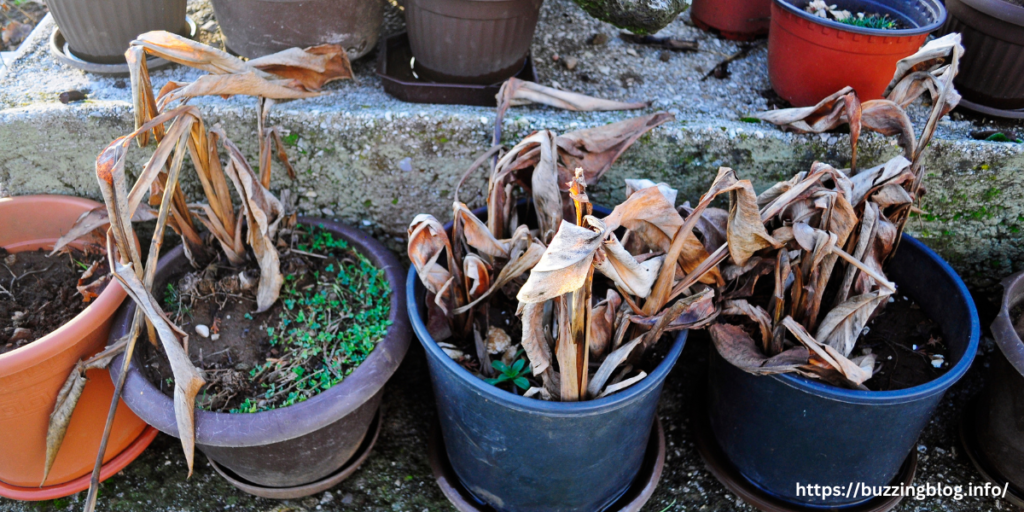
Even experienced gardeners encounter challenges, but quick intervention can prevent issues from escalating. Here are a few common issues and their solutions:
- Yellow Leaves: This is often a sign of overwatering or inadequate drainage. Ensure your pots have adequate drainage holes, and let the soil dry out before the next watering.
- Wilting: Wilting may result from either too much water or too little. Check the soil moisture to determine the cause and adjust your watering routine accordingly.
- Pests: Aphids and spider mites can infest herbs, especially indoors. Combat these pests with neem oil or by spraying the leaves with a mild soap solution.
- Fungal Issues: If you notice powdery mildew on the leaves, increase air circulation around the plants and avoid overhead watering.
By addressing these problems early, you can maintain healthy, productive herbs throughout the growing season.
Enjoy the Benefits of Fresh Herbs at Your Fingertips
Growing herbs at home offers more than just culinary benefits—it connects you with nature and fosters a sense of accomplishment. Whether you cultivate herbs in a backyard garden, a garden planter, or containers, having fresh herbs at your fingertips ensures you always have flavorful ingredients within reach.
Experimenting with different herbs, trying out garden plants for beginners, or adding leafy greens for your garden allows you to discover what works best for your space and needs. With a bit of care and patience, your herb garden will thrive and provide year-round satisfaction.
FAQs about Fresh Herbs at Your Fingertips
1. Can herbs grow indoors year-round?
Yes, many herbs like basil, parsley, and mint can grow indoors if they receive sufficient light. Use a south-facing window or grow lights to ensure they thrive.
2. How do I know if my herbs need water?
Test the soil by inserting your finger about an inch deep. If it feels dry, it’s time to water. Hold off on watering if the soil is still damp.
3. What herbs grow well in containers?
Herbs like mint, thyme, and rosemary perform well in containers. Thriving in large pots allows you to grow a variety of herbs even in limited spaces.
4. Can I mix herbs with leafy greens in the same pot?
Yes! Mixing herbs and greens offers visual appeal and functionality. Choose plants with similar water and sunlight needs for the best results.
5. How do I prevent my herbs from flowering?
Remove flower buds as soon as they start to form. This encourages the plant to focus on producing leaves instead of flowers, ensuring better flavor.












Post Comment